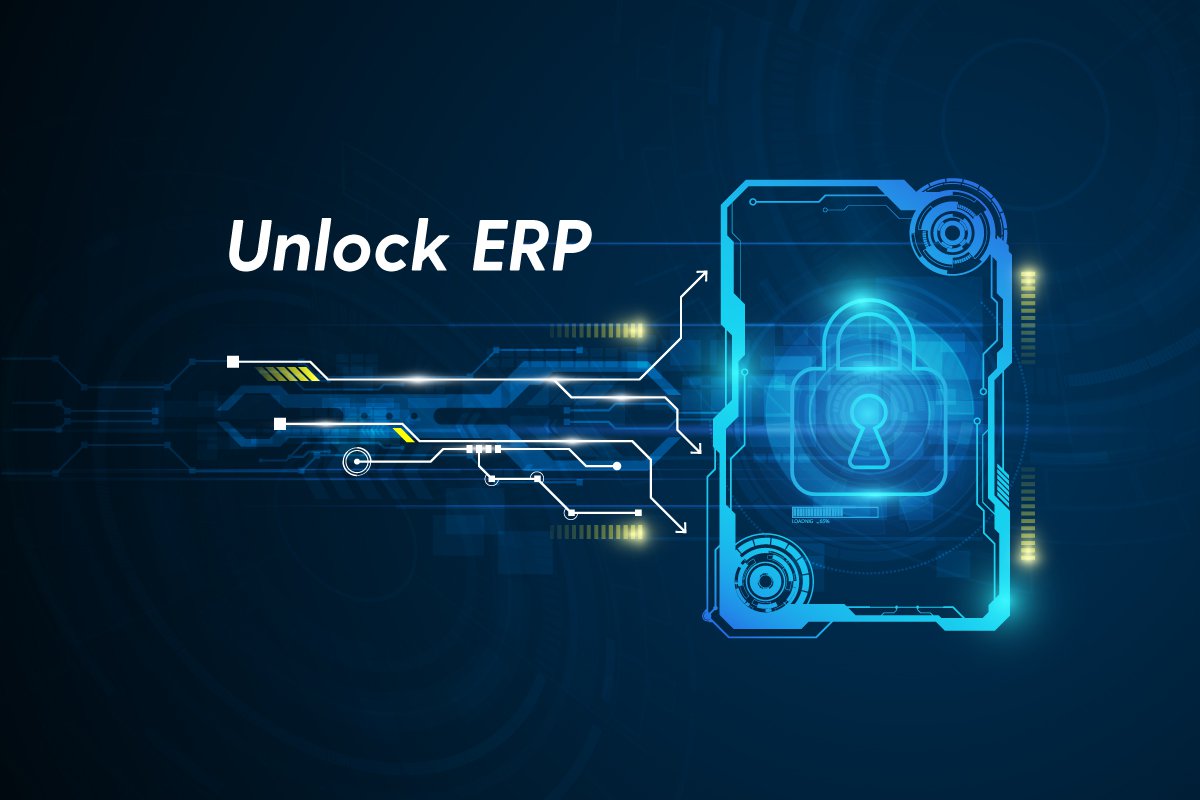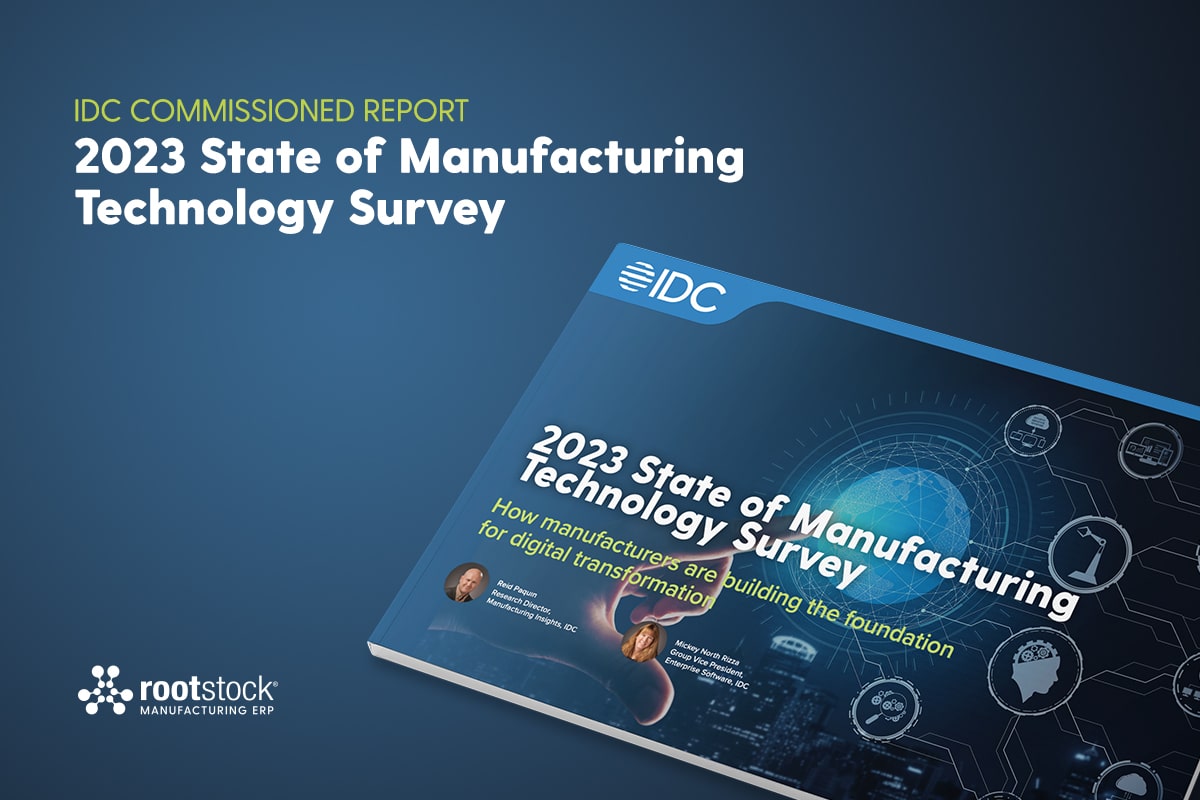The Power of Cloud ERP on Salesforce
Longtime Salesforce customers understand the power and benefits of the Salesforce Platform for CRM, but what about for ERP?
The fact is most of the ERP market is still stuck in the on-premises dark ages, especially at companies that sell or distribute tangible products. The ERP systems running today at most manufacturers and distributors are more than 12 years old on average according to industry analysts, and many companies are still running the systems they purchased in the 90’s during the Y2K panic. That was over 19 years ago. You probably don’t own a 19-year-old TV, phone, car, microwave or toaster, but somehow businesses think it’s okay to run an archaic ERP system.
There are many reasons why ERP is late in moving to the cloud, but as Diginomica sage Brian Sommer wrote in his article – “It’s 2018 so why isn’t my ERP vendor multi-tenant? ” Legacy ERP vendors themselves have been dragging their feet and delaying the move to the cloud for a variety of business and technical reasons. Some ERP vendors have “cloud washed” (adding the word “cloud” to old hosted products) and confused the market even further. As Brian simply states, “it’s time for multi-tenant” when it comes to ERP.
As a Salesforce shop, you probably take Salesforce’s upgradeable multitenancy architecture for granted. It is the ability to customize and extend CRM over time, while continually taking onboard new upgrades from a cost-efficient, public cloud, that makes this platform so popular.
This is an important capability for CRM, but it is even a bigger deal for ERP. Legacy ERP is notoriously expensive, time-consuming and difficult to customize, change, integrate and upgrade. Additionally, the people with the right skills are retiring, leaving no one behind to perform these functions. Consequently, companies are stuck on old versions of ERP, while still trying to compete in the digital age.
Salesforce cracked the code on multi-tenancy a long time ago. You can add, change and customize your applications on the platform and stay current on new releases. This addresses one of the most fundamental issues of legacy ERP, and it’s one of the main reasons companies want to migrate to ERP on the Salesforce Platform. Other reasons include the integral mobile, workflow, Chatter, analytics and AI services, but multitenancy leads the list.
And if moving to a modern, upgradable cloud platform wasn’t a worthy enough objective, here are additional advantages when you “Unlock ERP.”
Unlock ERP Customer Data for Better Service
If your company is trying to compete on customer service, you aren’t doing yourself any favors if you have CRM in the cloud and ERP on a legacy system. Because of this phenomenon, most companies have artificially separated customer information into different silos across CRM and ERP, causing inefficient processes and poor customer service.
ERP information such as inventory availability, delivery status, customer profitability, invoices, credits and return information is literally locked away inside on-premises systems, away from customer-facing personnel. Conversely, back office staff (but still customer-facing personnel), such as credit and collections professionals, don’t have a view of sales opportunities and support/service cases. This causes poor customer response times, bad first-call-resolution rates and the dreaded phone run-around for your customers as they get routed from one department to another. In short, your company comes across as impersonal and disjointed when CRM and ERP are separated. This is no way to compete in the era of the customer.
Unlock CRM to ERP Processes for Speed
The “front office” and “back office” concept is a very old construct that came about when computer systems had limited computing power and were built to automate a smaller set of tasks. Back in the day with limited memory, storage and CPU cycles available, functions were broken up into pieces to automate. The back office received the lion share of investment and was developed first, leading to today’s ERP. The front office came later. Today, we have virtually unlimited resources on the cloud, so why limit ourselves to these old concepts?
The speed and responsiveness in which businesses need to compete demand a more unified approach. Processes that traverse departments and functions need to be 100% automated and synchronized in real-time. There isn’t room for error, manual processes or time delays. Yet many companies have a Grand Canyon-sized gap between selling, production and fulfillment systems that slow the business down, adding friction and cost along the way. This can be more acute if your business is trying to personalize products and each order is unique. Quite simply, your business will run faster with CRM and ERP on one cloud.
Unlock ERP Information for Real Intelligence
Einstein Analytics and AI have cutting-edge capabilities, but without ERP data, they can’t provide comprehensive business insight. Issues around data fragmentation, master file data management, data latency and data normalization have long been the bane of BI projects, and these issues are still “alive and kicking” when ERP and CRM are kept separate. Combining them on the Salesforce Platform using one data model goes a long way toward fixing these vexing data problems. It makes it easier for Einstein to triangulate information across front and back office functions for things like demand planning and predictive customer behavior analysis. These factors are nearly impossible to correlate when CRM and ERP data is disconnected.
Pain in Change or Status Quo: Methods to Make the Change
So, I know what you are thinking. Changing ERP would be painful. There is no doubt that moving to any new ERP system is going to have some challenges. But more and more companies are coming to the realization that staying on a legacy ERP would be more painful in the long run. It’s also strategically and competitively restrictive to stay with the 19-year-old status quo. Many companies have become numb to the existing ERP pain they deal with or have come to accept this chronic ERP pain as a way of life. But it doesn’t have to be this way. Although it’s not 100% pain-free, modern ERP systems built on a forgiving cloud platform, such as the Salesforce Platform, will be far easier to maintain than their legacy brethren and will deliver strategic business benefits you can’t achieve today. They are well worth the effort. Your customers and your bottom line will thank you for it.
You also don’t have to implement ERP in a Big-Bang style. You can start incrementally by moving some processes to the cloud or smaller operations to the cloud in a model called Two Tier ERP. This type of phased approach would enable you to implement smaller components of ERP at one time (probably customer-centric processes first). You can arrange to feed data to the corporate legacy ERP system from the Salesforce Platform. For instance, some companies elect to automate smaller or specialty business units and transmit a trial balance of information periodically to the corporate system. In many cases, newer, specialized operations simply don’t fit how the old legacy ERP systems was set up, making them great candidates to begin your cloud transition.
You can also start by moving just ERP data onto the platform alongside CRM with tools like Mulesoft to solve some of the ERP information visibility issues. To that end, Rootstock Software provides an ERP data framework to make this easier. Rather than having to create new custom ERP objects, Rootstock provides an ERP data framework or set of ERP objects with all the typical ERP fields pre-defined, e.g. inventory. The ERP objects can be populated and refreshed using an API, making the implementation much easier than a completely custom object integration project. This quickly gets all the ERP information you need on one platform where you can view it, discuss it with customers, or analyze it by running Einstein end to end across the data set.
2019: The Year You Unlock ERP
If you are considering moving all of ERP, or just a process, an operating unit or just ERP information to the Salesforce Platform, we at Rootstock are here to help. We have an ERP Buyers toolkit which includes a number of resources if you are considering a shift away from your old legacy system.
Perhaps you were fortunate enough to get a new TV, phone or toaster over the holidays, but I also hope 2019 is the year you receive the key to unlock ERP.







